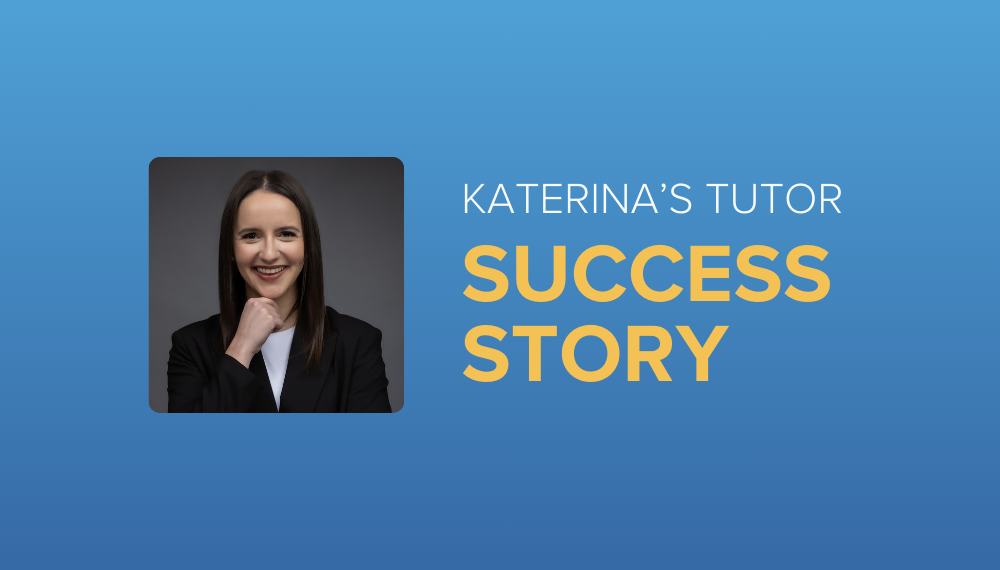3 Tips to Help You Study For Your Internal Medicine Shelf Exam
- by
- Feb 23, 2023
- Reviewed by: Amy Rontal, MD

As a med student, shelf exams serve as important milestones for you to measure your learning progress and identify areas where you need improvement before Step 2. Shelf exams are often seen as a dry-run for the USMLEs and provide you with valuable experience in taking standardized exams. By evaluating your understanding of the material, shelf exams help ensure that you have a solid foundation in the relevant subject areas and can apply that knowledge in clinical settings.
Read on to learn how to study for your internal medicine shelf exam while surviving IM clinical rotations, lectures, or labs.
Why Study Hard for the IM Shelf Exam?
Shelf exams are becoming increasingly important as a way to stand out amongst your peers and your competition during residency application season. In many medical schools, shelf exams are used as a factor in determining final grades for courses and can impact your eligibility to progress to the next year of the program. In some cases, your actual score may be reported on your final remarks for the rotation, which are visible to programs. Most importantly, you will develop study habits for shelf exams which will translate into your preparation for Step 2 (which is even more important now that Step 1 is pass/fail) and beyond.
The internal medicine shelf exam is considered one of the more challenging shelf exams for medical students. This is due to the breadth and depth of knowledge required in the field of internal medicine. The scope of the exam can involve nearly every other shelf exam, and you may see topics from any other shelf on the IM shelf, even if only a few.
The key to success on the IM shelf is choosing the right resources which focus appropriately on the highest yield material while balancing study time with preparing for the day-to-day responsibilities of the rotation. Internal medicine can be a challenging and busy rotation, so it is important to take advantage of your downtime and start studying as early as possible.
3 Study Strategies for the Internal Medicine Shelf Exam
1. Focus on Highest Yield Topics
The breakdown of topics on the exam is meant to match what you can expect to see on your rotations. Allotting your time as per the following breakdowns will help you both clinically and for the exam:
Nearly 90% of the questions will ask you a question regarding diagnosis/evaluation and/or management of the condition at hand. 70-80% of the questions will involve inpatient management, with the rest occurring in the ambulatory setting (ED or clinic). Infectious diseases are built into the topics below, and if you used it in the past, Sketchy Micro is still a good high-yield resource.
Adult medicine: common adult medical conditions such as hypertension, diabetes, and heart disease; 5–10%
Cardiology: coronary artery disease, heart failure, and arrhythmias; 10–15%
Gastroenterology: peptic ulcer disease, inflammatory bowel disease, and liver disease; 10–15%
Pulmonology: COPD, asthma, and pneumonia; 10–15%
Endocrine: thyroid disease and adrenal disorders; 8-12%
Nephrology: acute renal failure, chronic kidney disease, and electrolyte disorders; 5-10%
Hematology/Oncology: anemia, leukemias, and lymphomas; 5-10%
Neurology: headaches, strokes, and seizures; 5-10%
2. Use These Resources
As with any rotation, having a well-established question bank is of the utmost importance. If you are using Uworld, for example, you should study by topic and only for internal medicine. While you may get a question about a pregnant or surgical patient, being familiar with the foundations of IM will get you to the correct answer. What may be even more useful is to have a Qbank that focuses on the IM shelf for more targeted practice.
Rosh Review is a fantastic resource that allows you to track your progress. Rosh Review even has a mobile app you can use quickly while on rotation so that you can take advantage of any downtime. I definitely recommend trying out the Rosh Review IM Shelf Qbank free for 30 days!
Blueprint’s Med School Study Planner is another underrated resource for the IM shelf. It allows you to create a personalized study plan in minutes to prepare for med school board exams, primarily USMLE Step 1, but also COMLEX Level 1, USMLE Step 2, and Shelf exams. Blueprint’s Med School Study Planner has fully indexed hundreds of resources, so you can simply select the books, lectures, Qbanks, and flashcards you want to review for the exam and it maps them out as study tasks over a detailed schedule.
Knowing exactly what to study each day and having the confidence you are on track reduces the stress of preparing for these critical med school exams. Regardless of which resource you choose, doing as many questions as possible will set you up for success.
Put your knowledge to the test with this FREE shelf exam practice quiz of the most commonly missed shelf questions from the Rosh Review Shelf Exam Qbanks (one for each specialty)! How many questions can you get?
3. Study The Right Way While on Rotation
Studying for a shelf exam while rotating in the hospital can be challenging due to the demanding nature of the clinical environment. However, with proper time management and planning, you can efficiently prepare for the exam while excelling in your IM rotations. Here are some tips that may help:
Prioritize studying
Make studying for the exam a priority and allocate dedicated time for preparation each day. This may mean waking up earlier or staying up later, but the investment in time and effort will pay off in the long run. Reviewing topics as they come up on your rotations can further reinforce important concepts.
Use efficient study techniques
Make the most of your study time by using techniques that are proven to be effective, such as active recall and spaced repetition. This can help ensure that the information sticks and is easily remembered.
Utilize on-the-go resources
Take advantage of resources that can be used while on the go, such as podcasts, flashcards, and review books. This can help maximize your study time and make it easier to fit preparation into your busy schedule.
Find a study group
Consider forming a study group with fellow medical students to review the material and work through practice questions. This can build camaraderie and provide a supportive environment for preparation.
Additional Resources
Remember that studying for the shelf exam while on rotation can be challenging, but with proper planning and effort, it is possible to efficiently prepare for the exam and maintain focus on your clinical responsibilities. While these tips will help to build the foundation of your shelf exam strategy, there are plenty of other resources that can supplement your knowledge and improve your prep.
Here are just a few articles and tools you might want to explore:
- Best Shelf Exam Study Resources: A Comparison & Breakdown
- How to Use Cram Fighter to Create a Study Schedule for All Med School Exams
- How to Study For Shelf Exams: A Tutor’s Guide
Image by wayhomestudio on Freepik
About the Author
Navin studied Biochemistry at Santa Clara University, attended Georgetown University School of Medicine, and is a current resident physician at the Internal Medicine Residency at TriStar Centennial Medical Center 2. Navin has been working for Blueprint since 2020 and has general interests in medical education, trends in medicine, and wellness.










